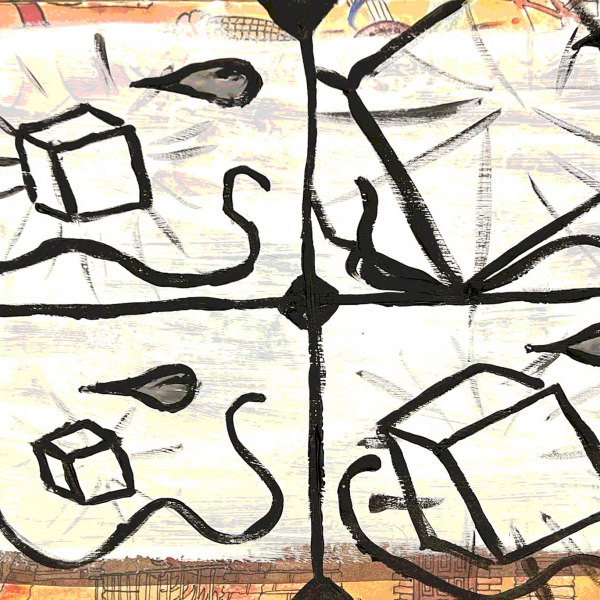On Saturday, my friend and I visited the Scott Joplin House, which is located at 2658 Delmar Blvd. We were informed that you really don’t want to walk or not have a means of getting out of the neighborhood, which really piqued my curiosity; now, I am really curious to know where this house is located. Upon our arrival by cab, I was really surprised as to the location of this house, which is really close to the midtown area and across the street from the house is an abandoned lot that is used as a site of other events related to the house; later, I would discover that buildings of an historical nature were demolished on that site during years of 1969 and 1970 -- isn’t demolition another form of gentrification? The question is who will benefit from the development of that site, once the excavation is completed and surveys are pulled? Will the development or developers create jobs, training, and resources into the community or is there; if any, a plan to regenerate an interest in Midtown?
The Scott Joplin home was on the verge of collapse during the summer of 1991 after brick thieves had robbed out many of the back walls of the building for its bricks, which were considered of worth. During the summer of 1991, the St. Louis Community College crew started excavating in downtown St. Louis, Mo. The excavation was within the boundaries of the Scott Joplin State Historic Site; the college began fieldwork as the students were sifting and bagging artifacts; among some of those artifacts were the iron bronze stars, which were quite valuable and were often taken by thieves, during our tour of the house; it was mention by the tour guide, the significance of the iron bronze stars, which were used as a supporting beam for the house. If you plan to visit the historical house; the guide will point out the iron bronze star in a glass case downstairs and upstairs through the window to the next building, one can see the iron bronze star as a decorative support extended on the exterior of the adjacent building next to the historical house.
Among the many treasures in the house, one can play the various music that Scott Joplin was famous for including "The Entertainer." Oh, did I mention that you would have to pedal this music on a player piano that plays the tones, melodies and chords for you as you pedal to keep up with the tempo? It is your pedaling that keeps the tempo steady. The second floor is devoted to the historical theme of the time period, hence, no A/C and lots of historical artifacts. Scott Joplin was an historical figure as well as an iconic figure in Ragtime. Joplin was a composer and pianist; during his career he wrote 44 original ragtime compositions, including "Maple Leaf Rag" and his famous opera Treemonisha. Treemonisha was finally produced in full to wide acclaim in 1972. In 1976, Joplin was posthumously awarded a Pulitizer Prize. This fieldtrip to the Scott Joplin historical site was truly worth all the hype and then some.
-- Charlie Eruchalu
Photos are courtesy of the Scott Joplin House website, which also includes hours and visitor information.




